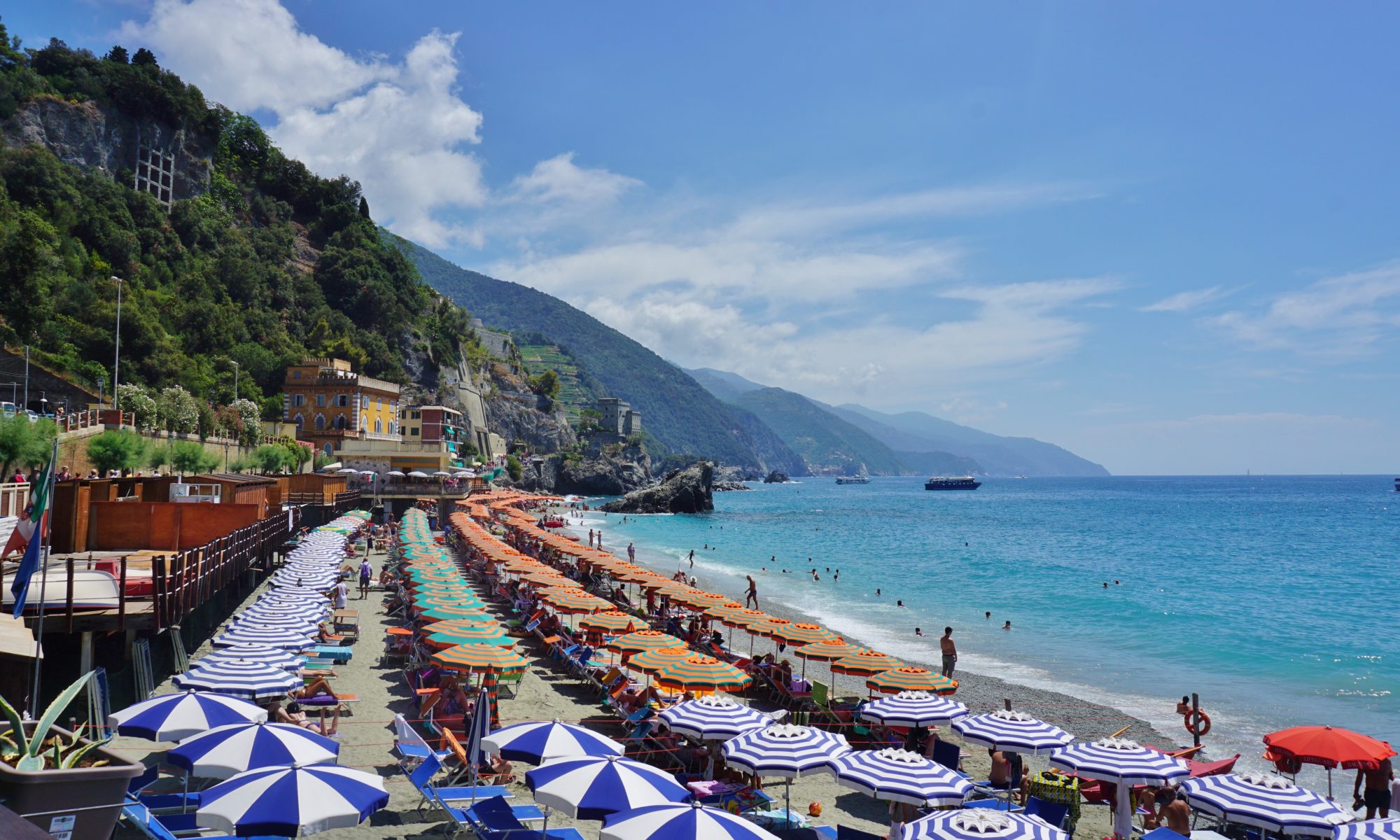Valencia is the third largest Spanish city after Madrid & Barcelona, located on the east coast of Spain. It may be humbler than its more well-known Spanish cousins, but Valencia is well worth visiting too. It’s an ideal location to soak up some sun, after a long, dreary English winter. It’s also a perfect destination for a mini-break, or longer if you want some more time to lie on the beach and enjoy the relaxed Valencian pace of life, glass of sangria in hand!

When to go to Valencia
Valencia is at it’s best from May through to October, when the average high temperature is between 20°C and 30°C and the days are long. Autumn tends to be slightly wetter than Spring, while June, July & August are the driest & sunniest months. If you’re looking to do some swimming the sea temps generally exceed 20° from June through October. On the other hand, if you don’t handle the heat too well you might prefer to travel to Valencia outside of July & August, which are the hottest months with air temperatures regularly exceeding 30°C.

How to get to Valencia
You can fly direct to Valencia Airport with EasyJet from London Gatwick or Ryanair from London Stansted, the flight time is 2hrs30. Return fares generally range from £70-£180; weekdays tend to be cheaper than weekends. If you do choose to fly with Ryanair, be mindful that you will need to pay an additional fee for priority boarding ig you want to take a cabin-sized trolley suitcase on-board. Once you reach Valencia Airport you can simply catch the underground into the central city, (it’s worth having some cash (euros) on hand as the ticket machines & kiosks don’t always accept cards.)

Where to stay in Valencia
If you’re wanting to spend some time exploring the city it’s worth finding accommodation somewhere near the centre of Valencia, as this is where the Old Town is located, known as Ciutat Vella in the local Valencian dialect of Catalan. Most of the main things to see are in and around this area. In saying that if your main priority is sipping sangria by the beach then you could consider staying at La Malvarrosa or Port Saplaya instead. Fortunately Valencia tends to be quite affordable, with private studios for two priced at around £40-£60 per night.

What to see & do in Valencia
Old Town
The most important part of a trip to Valencia is to relax, enjoy and really soak up your surroundings! In terms of seeing the sights have a wander around the Ciutat Vella firstly, it’s full of beautiful old architecture and spacious squares graced with fountains & gardens. It’s worth checking out Mercado Central (the central marketplace) in particular, it’s a beautiful old building which is always a hive of activity and a great place to try out some local food.



The City of Arts and Sciences
The other must-see part of Valencia is La Ciutat de Les Arts I Les Ciences an impressive futuristic complex of museums, parks and activities. There is even an aviary and an aquarium! You can reach it by catching the metro to Alameda, which is a 15-minute walk from the complex. It’s worth wandering around the quirky buildings, even if you don’t want to pay to get in.



Turia Gardens
The City of Arts & Sciences is actually in the far eastern part of Turia Gardens which was created along the bed of the Turia river that used to flow through the city. The river was diverted after devastating floods in the 1950s and Turia Gardens is now the biggest urban park in Europe, stretching along 9km of old riverbed. You might like to explore some more parts of it. There are also many beautiful bridges above the park, with my favourite being Pont de les Flors, which as it’s name suggests is covered in flowers along both sides of the bridge.

Dining Out in Valencia
What to Eat


Valencia is a great place to enjoy some local Spanish food. Rice dishes are popular in the Valencian region, Paella made with rabbit & chicken is the traditional dish of choice, though you can also order seafood & vegetarian varieties along with Arroz Negro. Tapas are also widely available as in the rest of Spain, so don’t hesitate to get your fill of Patatas Bravas, Croquetas and local seafood. One of the liveliest spots for eating & drinking out is Mercat Colon which features a range of bars & restaurants in an old market hall. We particularly enjoyed the Craft Beers & Tapas on offer at Las Cervezas del Mercado.
What to Drink


Valencia is the traditional home of Horchata (or Orxata in Valencian), a sweet tiger nut milk drink, that locals often sip for breakfast in local cafes alongside fartons, a sweet soft bread-like pastry. Later on in the day you’ll need to keep hydrated after all that summer sun, so don’t forget to sample as much Sangria as you can get your hands on- there are usually white, red & sparkling varieties served in all local drinking establishments. Another refreshing drink is Agua de Valencia, a mimosa-like local specialty made with Orange Juice, Cava (Spanish sparkling wine), and Vodka, Gin or Cointreau. Just be slightly wary of how much you consume – while it has a mild taste it can be quite strong on the alcohol!
Valencian Beaches


Valencia has the same relaxed pace of life that is common to Mediterranean cities, particularly seeing you don’t need to go too far from the city to reach some great sandy beaches. Las Arenas and La Malvarrosa (above) are the closest to the city, so they are better connected by public transport but Port Saplaya (below) is another great option which is only a 10 minute taxi ride from the city.


So there you have it, all you need for a mini-break or even a week-long trip to Valencia. ¡Buenas Vacaciones!
Travelling elsewhere in Europe?

